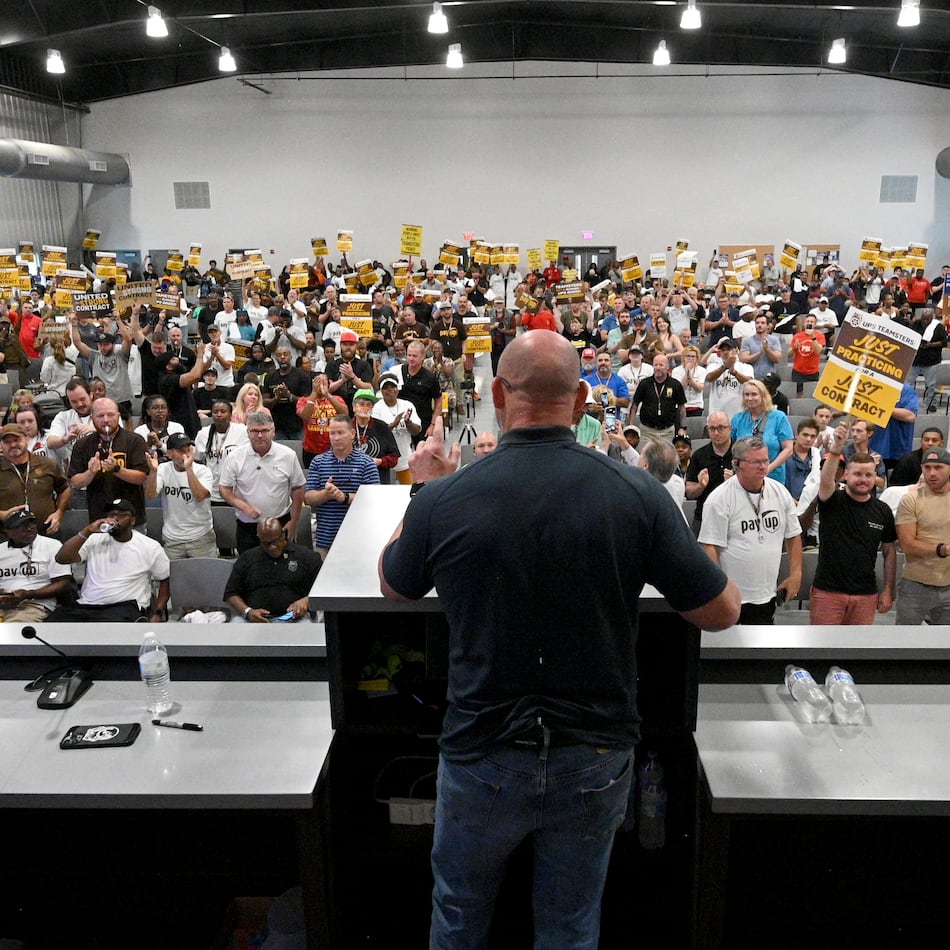State legislatures across the country are legalizing medical marijuana, but the nation’s physicians aren’t requesting these laws. The American Academy of Pediatrics and the American Society of Addiction Medicine are both against them. The American Medical Association doesn’t support them either.
Groups representing patients aren’t behind these laws. The American Cancer Society hasn’t demanded them, and the Glaucoma Foundation even warns patients against using the drug.
Instead, the demand comes from such groups as the Drug Policy Alliance and Marijuana Policy Project. These are part of a pro-legalization lobby supported by pro-marijuana billionaires. And they’ve apparently convinced state legislators to ignore some very serious problems.
The biggest is that medical marijuana laws are responsible for most of the growth in adolescent use. According to the University of Michigan’s Monitoring the Future survey, teen use surged between 2005 and 2011. But it didn’t surge equally in all states.
Data from the National Survey on Drug Use and Health shows that the number of teens who reported having smoked pot in the month preceding the survey increased by 33 percent in medical marijuana states, but by only 6 percent in the rest of the country. In 2005, only about 20 percent of the U.S. population lived in medical marijuana states, yet those states accounted for more than two-thirds of the increase in adolescent use between 2005 and 2011. If it weren’t for states with medical marijuana laws, teen use would have barely increased at all.
There’s also evidence that even among adults, nearly all the “medical” marijuana goes to drug abuse. The largest survey, published in 2014 in the Journal of Global Drug Policy and Practice, found that only 6 percent reported using marijuana for cancer, AIDS, glaucoma, Alzheimer’s, Crohn’s, hepatitis C, or Lou Gehrig’s disease. The vast majority — 91 percent — got their pot for pain.
In 2001, the journal Pain published a study by researchers who interviewed more than 17,000 people and found that 54 percent of those with chronic pain were female. Five years of data from the NSDUH showed that adult marijuana abusers were 69 percent male. So if the pain patients are genuine, they should be mostly female. If they’re substance abusers faking or exaggerating pain just to get high, they should be about 69 percent male.
Between 2011 and 2013, I contacted all the state medical marijuana programs and got data from seven. In all but one, 64 to 74 percent of the pain patients were male.
These numbers are nowhere near what we would expect from a cross section of legitimate pain patients. Instead, they’re clustered around the result we would see if the patients were all substance abusers. So while not every patient is misusing the law just to get high, the great majority probably are.
State legislators should ignore the pro-marijuana lobbyists and instead listen to the AMA, the Academy of Pediatrics and the Society of Addiction Medicine. If we want to rein in teenage use and prevent widespread abuse, instead of passing new medical marijuana laws, we should get rid of the ones we already have.
About the Author
Keep Reading
The Latest
Featured

